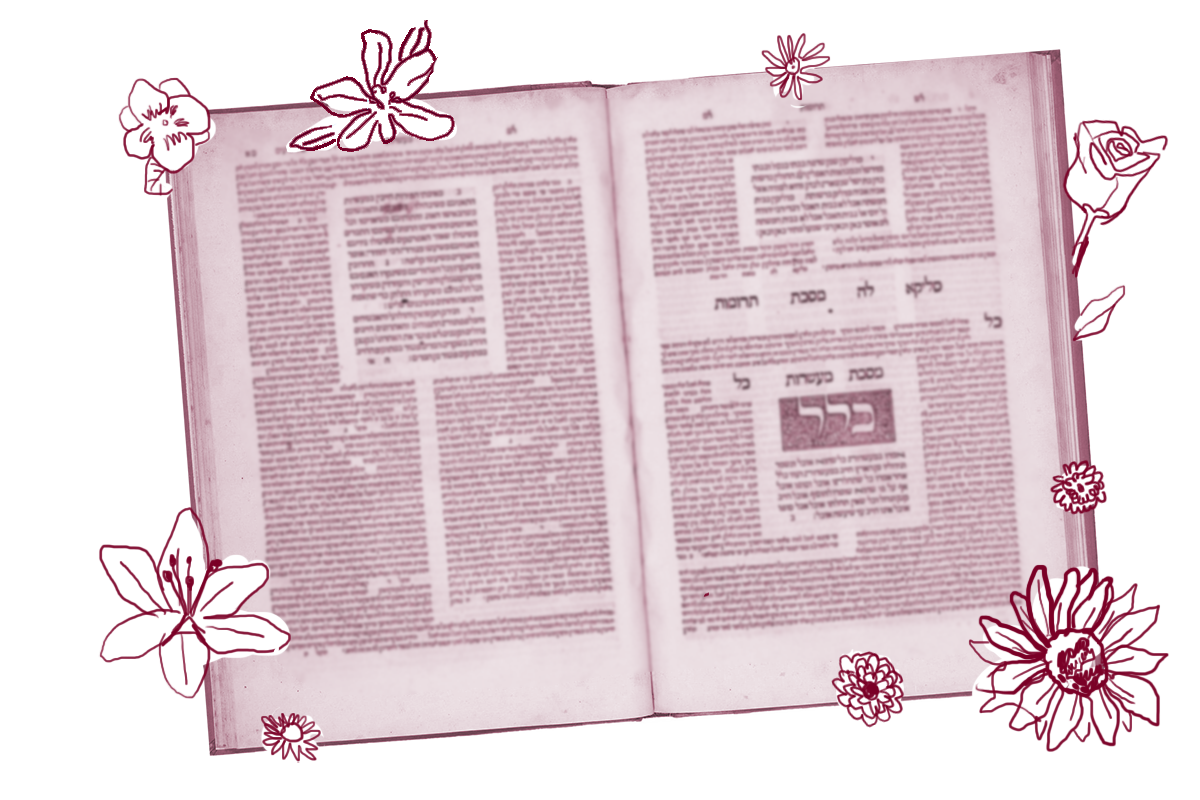Studies have shown that going on regular walks can strengthen your bones, joints and muscles; improve your mental health; help you get better sleep and even enhance your cognition. But can going on a regular walk also help you acquire new land? According to today’s daf, maybe it can. The mishnah yesterday taught:
One who had a public thoroughfare passing through his field, and he appropriated it and gave the public an alternative thoroughfare on the side, that which he gave them, he gave them, but that which he took for himself has not reached him.
If a landowner tries to reroute the public on the side of his property, he ends up giving them a second path, but not eliminating the original path that ran through the middle. Once the public has a history of using a particular road or path —– even one on private property —– it can’t be revoked. The Talmud today follows up on this mishnah by asking why the landowner can’t take his land back — especially since he has designated an alternative path for public use. After all, why would the public have more right to the path than its original owner? Or, to use the Talmud’s language:
Through what means does the public acquire it?
The Talmud explains by quoting a beraita:
If one walked along a field’s length and its breadth, he has acquired the area inside where he walked — this is the statement of Rabbi Eliezer.
According to Rabbi Eliezer, walking the land is enough to acquire it legally. So as the public uses the public thoroughfare on private property, they gradually acquire the land as their own, and it remains designated for public use. At this point, the private property owner can’t just switch out one thoroughfare for another, because it is no longer his to switch. Why would Rabbi Eliezer think that walking is a form of legal acquisition?
Rabbi Elazar said: What is the reasoning of Rabbi Eliezer? As it is written: “Arise, walk through the land, its length and its breadth; for I will give it to you.” (Genesis 13:17)
When God promises Abraham the land of Canaan in Genesis, the Bible juxtaposes God’s command to walk the land with God’s statement that it will belong to Abraham. Therefore, Rabbi Eliezer concludes, walking is a way to acquire land. Of course, if walking is a way to legally acquire someone else’s land, that could create all kinds of problems. Have I acquired the land owned by my university as I walk from the parking lot to my office? Do I acquire the land of the grocery store as I walk its aisles doing my shopping?
Before we go down that rabbit hole, though, let’s read the end of the beraita:
And the rabbis say, walking is nothing at all until he takes possession.
According to the rabbis (and the later halakhic codifiers who follow them), walking is not actually an effective form of land acquisition. Land must be acquired by the same means as other immovable objects. So to return to the mishnah with which we started, if walking doesn’t acquire land, then why can’t a private owner swap out one public access road for another? We actually read the answer on yetserday’s daf:
Rabbi Zevid in the name of Rava: It is a decree, lest he give them a circuitous route.
While the public has not legally acquired the land, in this case the rabbis issued a separate decree to ensure that a convenient, central path is not replaced by one that is more inconvenient. The public’s convenience is, in this case, privileged over the private land owner’s.
The Talmud recognizes that walking — even if it doesn’t effect legal acquisition — is an important part of how we physically move through the world. And that experience is one which must be legally protected.
Read all of Bava Batra 100 on Sefaria.
This piece originally appeared in a My Jewish Learning Daf Yomi email newsletter sent on October 3, 2024. If you are interested in receiving the newsletter, sign up here.
With your help, My Jewish Learning can provide endless opportunities for learning, connection and discovery.



